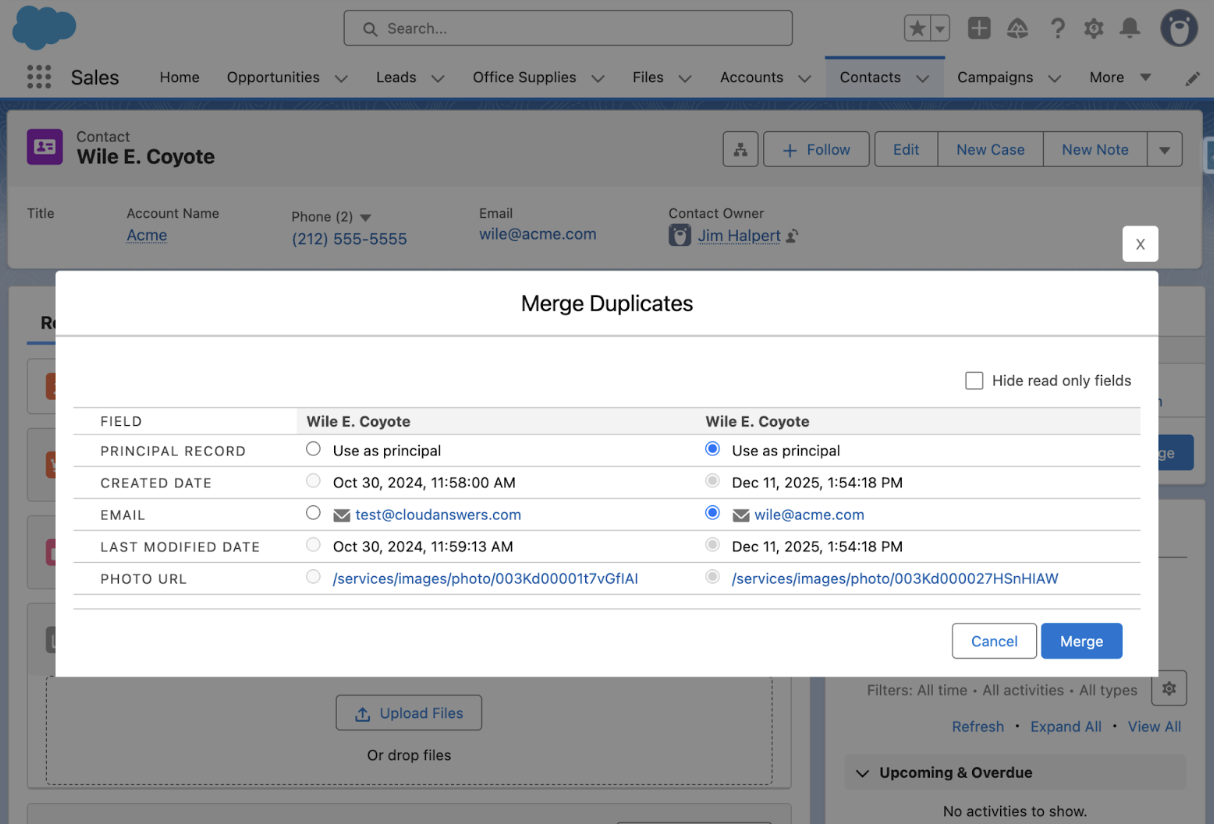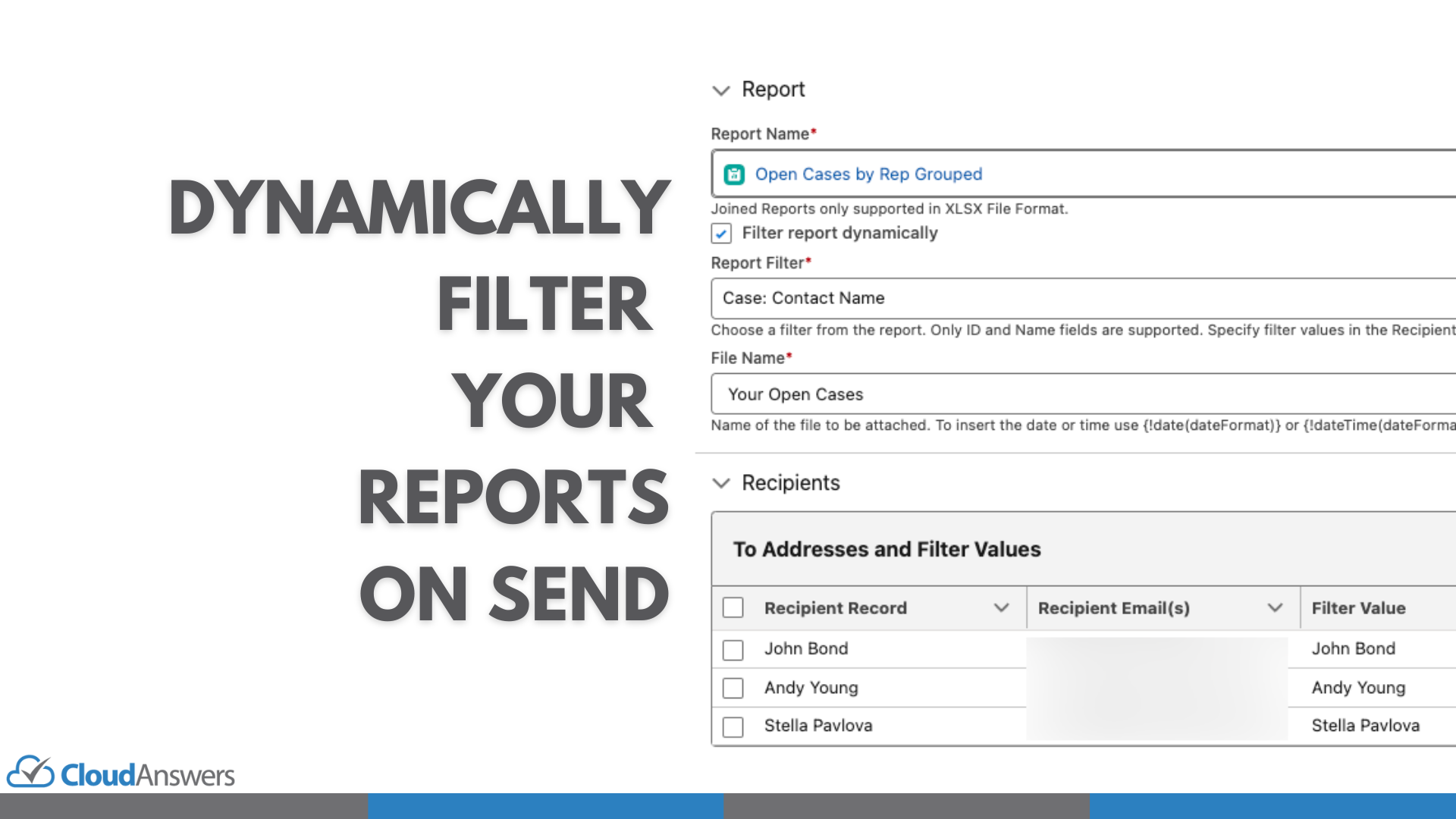For any SaaS (Software as a Service) or subscription-based business, measuring growth is key to success. Making decisions based on business data is another important factor for growth. The key data necessary for making decisions is sales data: who, when, and how much customers spend.
For those businesses, Annual Reporting Revenue (ARR) and Monthly Reporting Revenue (MRR) are perhaps the most important performance metrics. Data that can be easily pulled and calculated in Salesforce.
What is MRR and ARR and Why Are They So Important?
Annual Recurring Revenue (ARR) gives you the yearly picture of how your business is performing and the revenue being generated. These revenues are predictable, stable, and can be counted on to occur at regular intervals going forward with a relatively high degree of certainty.
ARR is very useful as a metric that helps organizations that work with Salesforce to:
- Increase in revenue. Tracking relationship gives valuable insight into what customers want and need, it helps to promote cross-selling and up-selling activities
- Retain top sales managers. Monitoring ARR encourages top management to focus on individual sales areas to judge what’s working and what needs changes. Compensation commensurate with productive job performance results in less turnover and cuts new employee training costs.
- Revenue predictability. Tracking the value of renewals and the cost of lost customers helps businesses to manage expenses and maintain cash resources. It helps to forecast revenue from potential customers.
- Quantifies the company’s growth ARR measures company performance in specific areas, showing where revenue is growing or being lost, and why. Knowing your ARR can help you make better decisions regarding employee assessment, compensation, operational planning, and financing to improve the bottom line and help increase company efficiency.
How to Calculate Annual Recurring Revenue
Calculating ARR doesn’t have to be difficult. You can easily do this by analyzing your Salesforce data. Divide the total contract value by the number of years. It includes only subscription fees, not one-time purchases.
For example, if you consider a company with one customer who took up a two-year subscription for a total amount of $8,000. Calculate the company’s ARR by simply dividing the contract’s total amount by the contract’s length:
ARR = $8,000 / 2 = $4,000
Anyway, in real life, businesses, often enough, organizations prefer breaking down the total number into some individual ARRs. The common Salesforce ARR components might include the following:
- ARR added from new customers
- ARR added from renewals from current customers
- ARR added from upgrades from current customers
- ARR lost from downgrades from current customers
- ARR lost from churned customers
The basic formula to calculate ARR
Monthly Recurring Revenue (MRR)
MRR measures the total amount of predictable revenue that is expected every month. It’s a way to average your various pricing plans and billing periods into a single, consistent number that you can track the trend of overtime.
How to calculate MRR?
Calculating monthly recurring revenue on a high level is straight forward.
MRR = # of customers * average billed amount
So 10 customers paying you an average of $100 per month would mean an MRR of $1,000.
Why tracking MRR is important
Successful SaaS companies track their MRR in Salesforce for two main reasons:
- Financial forecasting and planning
- Measuring growth
On the first look, MRR is a simple metric, it’s actually very diversified and can give a crucial picture of how the business is growing or not growing.
There are five types of MRR
- New MRR – from the new customers
- Expansion MRR – upgrades
- Reactivation MRR – from former customers
- Contraction MRR – downgrades
- Churned MRR – from lost customers
The reason knowing those types is important is that it gives you direct insight into the “why”. You get to see exactly why your MRR went up or down in a given month. If you aren’t breaking out your MRR by type, you’re missing out on some crucial data points.
For subscription businesses, in any given month, new customers will always be signing up and existing customers will upgrade, downgrade, or potentially even take their business elsewhere. As a result, your MRR will be under constant upward and downward pressure, so it’s important to track this metric to recognize the source of these changes. Compared to the traditional business model, a challenge of the recurring billing model is that you are not managing one-time sales, you are managing the customer life cycle.
If you want to read more about the ARR and MRR Salesforce topic, click here
Check also What operational metrics you should measure
Need help in setting your Salesforce CRM?
Contact us, we will help you to get the most out of your CRM.



